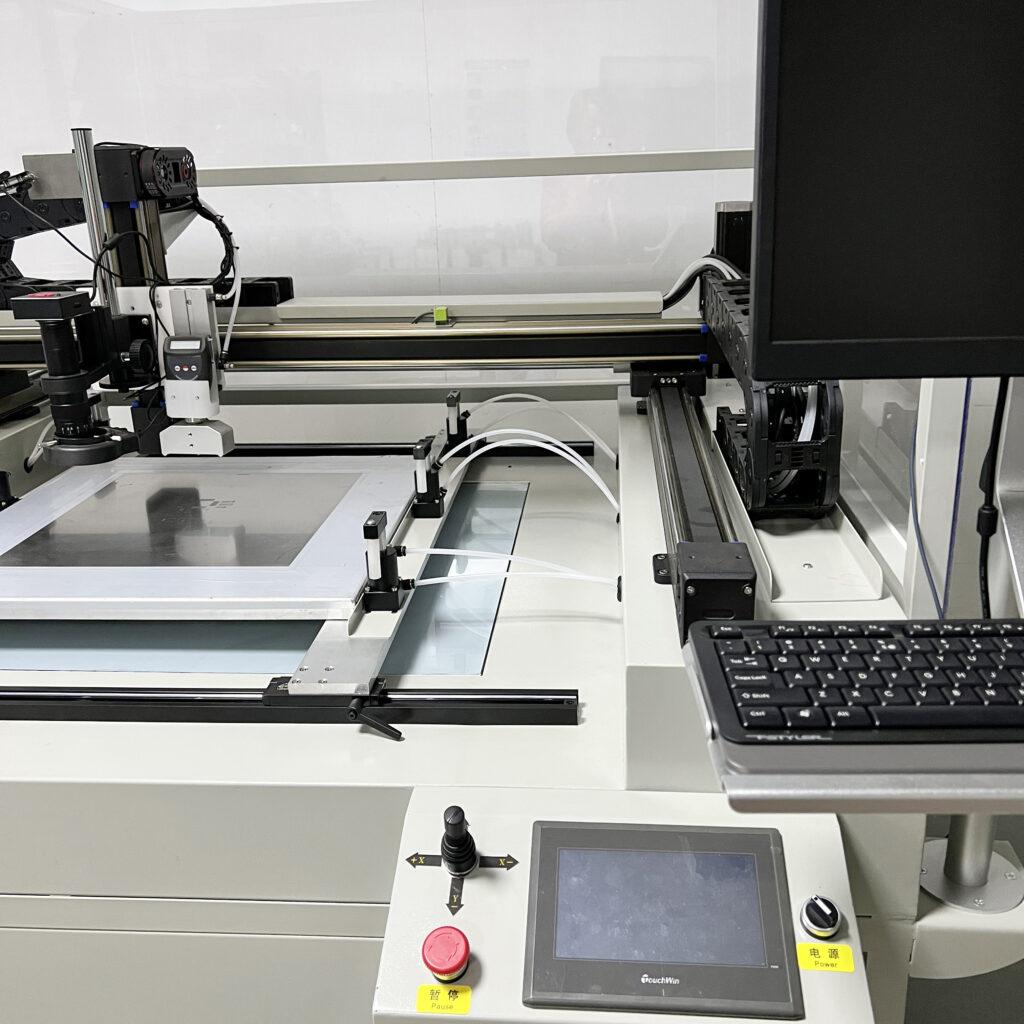In the fast-paced world of Surface Mount Technology (SMT) printing, precision is paramount. The success of SMT assembly processes heavily relies on the accuracy and consistency of solder paste deposition. Any deviation or error in this process can lead to costly rework, decreased product reliability, and ultimately, dissatisfied customers. To mitigate these risks, SMT manufacturers employ a range of quality assurance measures, among which stencil prepress inspection machines stand out as indispensable tools.
Ensuring Stencil Integrity
At the heart of the SMT printing process lies the stencil—a thin, metal sheet perforated with apertures corresponding to the desired solder paste deposition pattern. Any defect or imperfection in the stencil can compromise the entire printing operation. Stencil prepress inspection machines play a pivotal role in ensuring the integrity of these critical components.
By employing advanced imaging technology, these machines meticulously scrutinize every aspect of the stencil, detecting defects such as missing or misaligned apertures, bridging, smearing, or stencil damage. Early identification of these issues allows manufacturers to take corrective action before the stencil enters production, thereby preventing costly downtime and material wastage.
Enhancing Process Efficiency
In addition to identifying stencil defects, prepress inspection machines contribute to streamlining the SMT printing workflow. By automating the inspection process, these machines significantly reduce the time and labor required for manual inspection, freeing up valuable resources for other tasks. Moreover, their high-speed operation ensures swift turnaround times, enabling manufacturers to meet demanding production schedules without compromising on quality.
Facilitating Continuous Improvement
Continuous improvement is a cornerstone of modern manufacturing, and stencil prepress inspection machines serve as invaluable tools in this pursuit. By providing detailed feedback on stencil performance and identifying recurring issues, these machines empower manufacturers to implement targeted process enhancements. Whether through stencil design modifications, optimization of printing parameters, or refinement of solder paste formulations, insights gleaned from prepress inspection facilitate ongoing refinement of the SMT printing process, driving efficiency, reliability, and ultimately, customer satisfaction.
Conclusion
In the competitive landscape of SMT manufacturing, ensuring the quality and reliability of printed circuit board assemblies is non-negotiable. Stencil prepress inspection machines play a pivotal role in upholding these standards, safeguarding against stencil defects, enhancing process efficiency, and enabling continuous improvement. As SMT technology continues to evolve, the importance of these advanced inspection tools will only grow, underscoring their status as indispensable assets in the pursuit of excellence in SMT printing.

